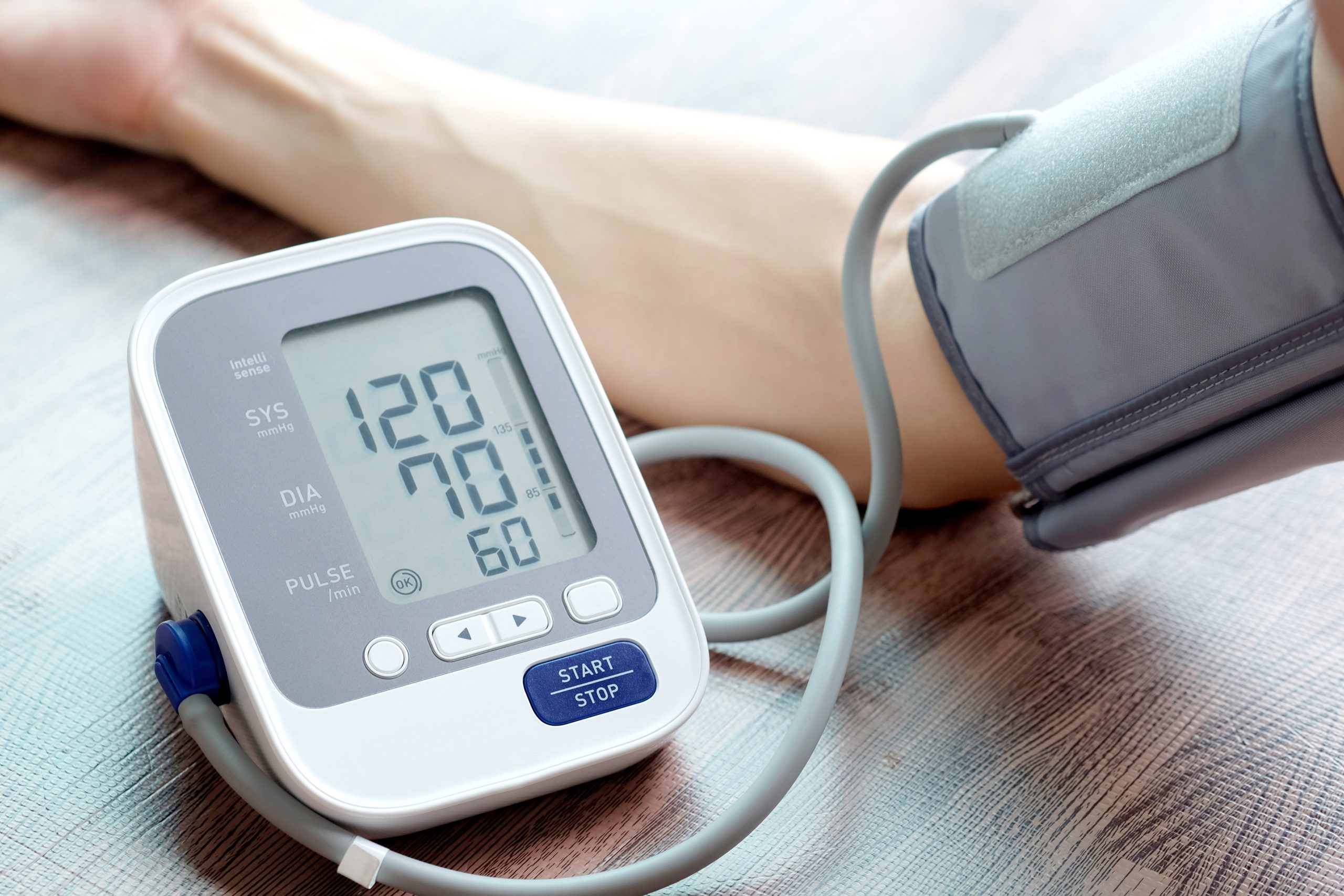Checking your blood pressure at home is not as difficult as it sounds! Here are some tips and tricks that you should remember in this regard.
Using a blood pressure monitor at home- Guidelines
If you were wondering how to take blood pressure at home or check blood pressure at home, then here are some steps that you should not miss:
- Remain still and make sure that you avoid smoking, consuming caffeinated beverages or working out in the last 30 minutes before tracking blood pressure. Make sure you have an empty bladder and get five minutes of total rest before measuring blood pressure.
- Always maintain the right posture. Your back should be totally straight and supported by a chair. Your feet should remain flat on the ground without crossing the legs. Support your arm on a proper surface like a table. The thumb rule is to have the upper arm at the level of the heart. Ensure that you are using the equipment in the right manner.
- Ensure that you measure blood pressure at the same time each day. Take the pressure reading either in the morning or evening or both, depending on what works for you. You should look for daily readings although starting around two weeks after any treatment and in the week prior to another appointment is always recommended.
- Maintain a record of the readings you take. Take 2-3 BP readings each time (one minute apart from each other) and record the figures likewise. Do not take your readings over clothes.
If you were thinking- how can you check your blood pressure at home, then the above guidelines should be followed to the hilt.
How to check my blood pressure at home- Knowing the numbers
Thinking about how to check BP at home? Here are some crucial parameters to keep in mind:
- Know your figures suitably- The normal blood pressure levels should be less than 120 and 80 for the systolic and diastolic categories respectively.
- Elevated blood pressure figures are 120-129 and less than 80 in these categories.
- High blood pressure readings indicate figures between 130-139 or even 140 or more (hypertension stages 1 and 2). The diastolic readings may be 80-89 or 90 or higher.
- Hypertensive (requiring medical attention immediately) is higher than 180 and 120 in the systolic and diastolic categories.
If there is a high blood pressure reading
- You should not instantly panic if there is one high blood pressure reading.
- If there is a reading that is slightly more than the normal figure, then take the reading some more times before consulting the doctor.
- Health monitors sometimes have issues so verify that aspect too.
- If the reading suddenly crosses 180/120 mm Hg, wait for a few minutes before testing once again. If the readings are high, contact doctors immediately.
- If blood pressure is more than 180/120 mm Hg and you witness any signs of organ damage, i.e. shortness of breath, chest pain, weakness, feeling numb, vision changes, speaking issues, back pain, etc, call the emergency number right away.
Why home blood pressure monitors are beneficial and some other tips
- Finger and wrist monitors are not suitable since readings may not always be reliable in this context.
- Always select a validated monitor.
- The cuff should fit properly, i.e. measure right around the upper arm and select the monitor which is accompanied by the right cuff size.
- Home blood pressure monitoring is highly beneficial for anybody who is diagnosed with hypertension or high blood pressure.
- It will help those beginning treatment for high blood pressure as well.
- It will also benefit those needing closer tracking, especially those with higher risks of high pressure and related conditions.
- It is also suitable for pregnant women who are witnessing preeclampsia or pregnancy-driven hypertension.
- Blood pressure monitors help in the evaluation of readings which are unreliable or false. It may also help in the analysis of readings which are potentially false, i.e. those who only witness higher readings at the offices of their doctors or those who have high readings only at home but not at the offices of their doctors.
- The variation in figures is usually 10 mm Hg or a little lesser with regard to measuring both right and left arm blood pressure. It is normal and not something to be alarmed about.
Along with following all the tips and tricks mentioned above, ensure that you keep your own diary or journal for blood pressure. Jot down your periodic readings and records which will help you get an insight into readings over a sustained duration.




